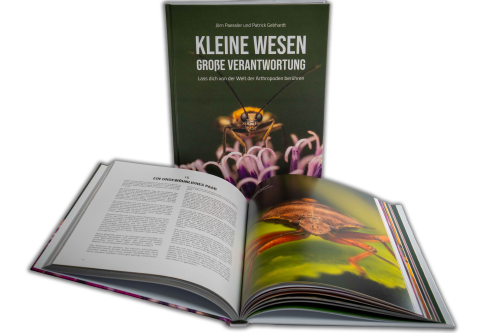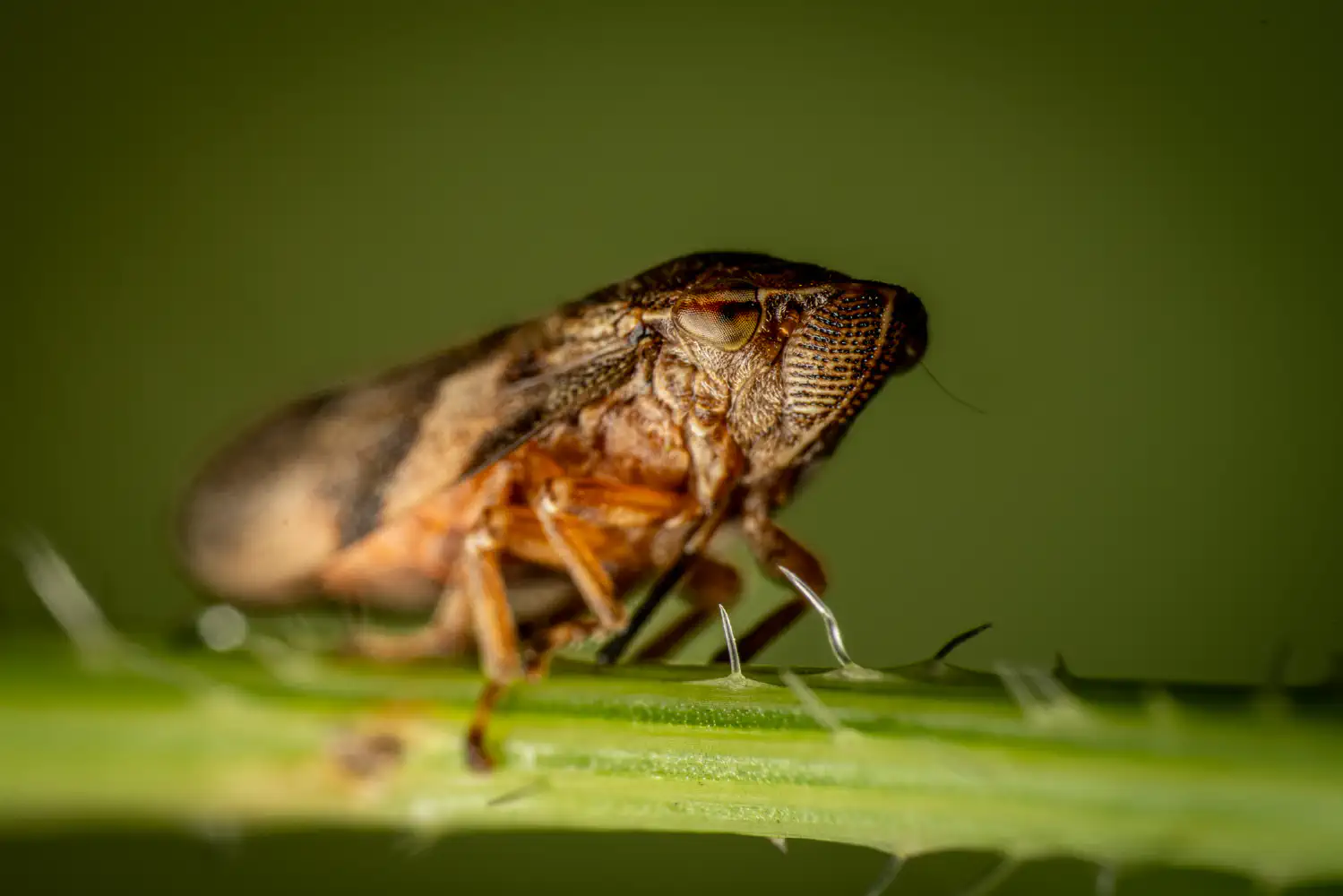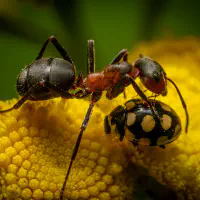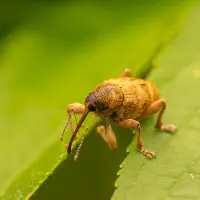Explained as easy as pie — How insects communicate with their environment
Insects are amazing little beings that communicate with each other in many different ways. They use pheromones, sounds, and visual signals to get their message across. In this article, you will learn how insects use these special methods of communication.
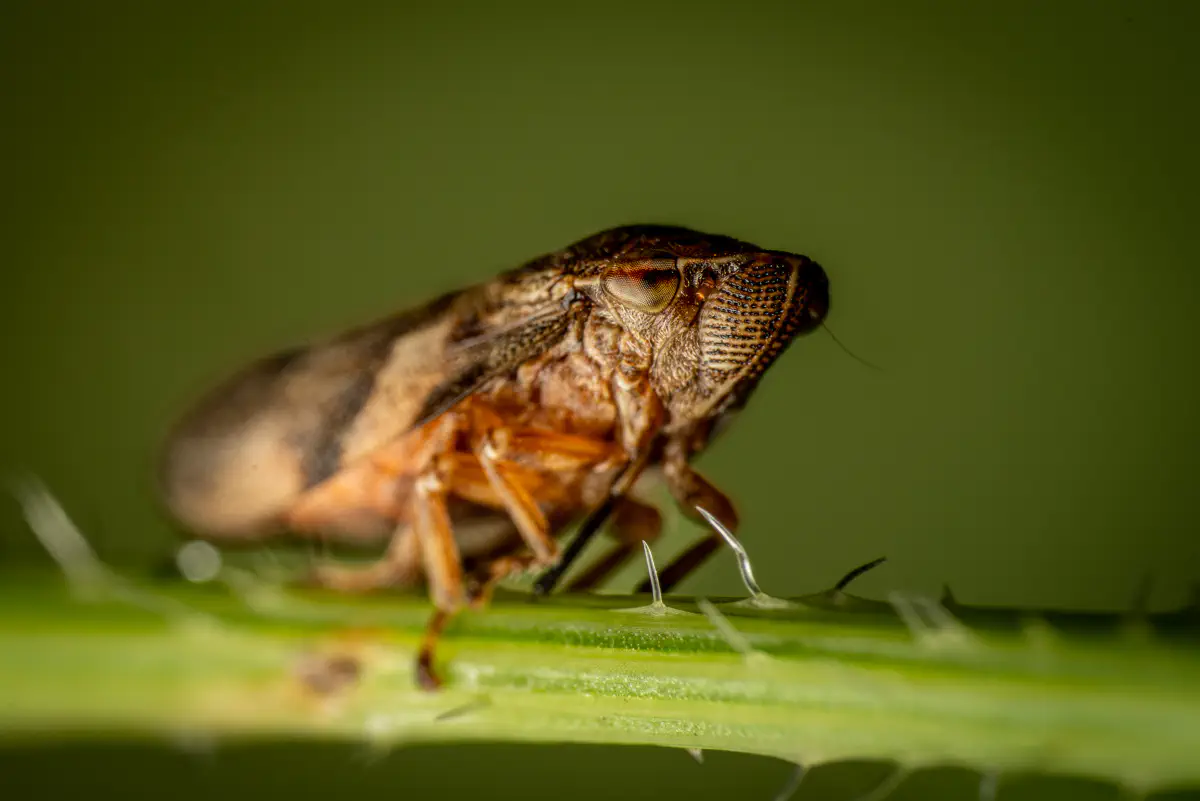
Pheromones: the language of scents
We know this mainly from perfumes: Some people can be recognized from afar by their generously applied favorite perfume. With insects, this form of communication is usually the rule rather than the exception. And here we are not referring to scents, but to pheromones. These are special scents that insects release to transmit messages.
Two examples of the effect of pheromones:
- Ants use them to guide their nestmates to a food source. When an ant finds food, it leaves a scent trail on the ground. Other ants follow this trail and find the food. What is particularly exciting is that the trail becomes stronger and stronger the more conspecifics follow it. This way, all the ants know exactly where to find the tasty food.
- Pheromones also play a major role in finding a mate. The females of cutworm moths — a family of moths — release special pheromones to attract males. These pheromones are so strong that their male conspecifics can smell them from several kilometers away.
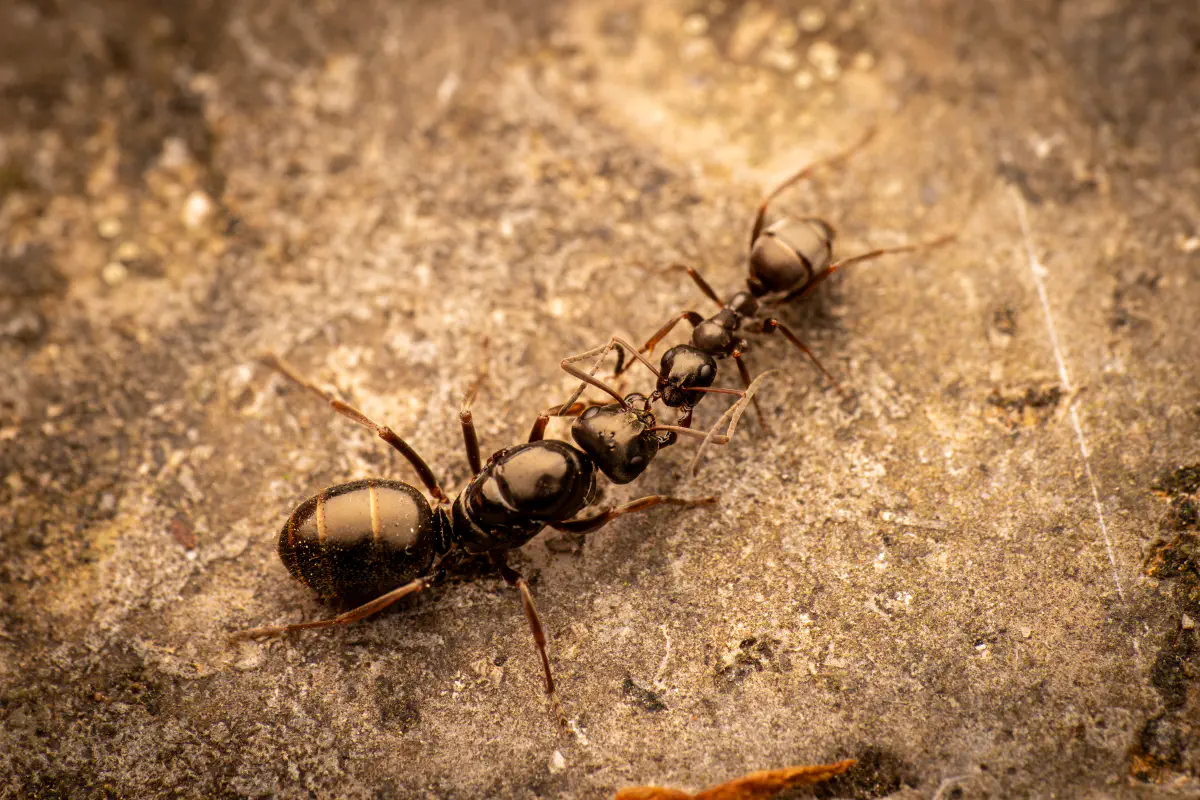
Sounds and vibrations: The music of insects
In addition to scents, insects communicate with each other by using sounds. Probably the best-known example is the chirping noise. There is not a warm summer night in rural areas without this nostalgic song. The males of crickets — such as the dark brown wood cricket — make a chirping sound by rubbing their wings to attract females and defend their territory. This noise is therefore like a love song and there are several pitches, each with a different meaning.
True Hoppers also use sounds to talk to each other. Their calls are so loud that they can be heard from a great distance. Males use special drum organs to produce these noises. It’s as if they have little drums in their bodies!
Not quite a sound, but a kind of movement and vibration — and a real dance party in the hive: when a honeybee finds a particularly rich source of food, it performs a special dance called the waggle dance. It uses this dance language to show the other bees the direction and distance to the food source.

Visual signals: Luminous messages
Insects also use optical signals to communicate with each other. Fireflies are a fascinating example of this. They produce light by triggering a chemical reaction in their bodies. They use this glow to attract mates. Male fireflies fly through the night and send out flashing light signals. Females respond with their glow. And that’s how a date comes about.
The blaze of color can also serve as a means of communication: Butterflies, for example, use their brightly colored wings to attract mates and deter enemies. Bright colors can signal that the butterfly is poisonous and therefore unpalatable to predators.
The wonders in our garden
Insect communication is a fascinating topic that shows how diverse and complex these little beings are. Whether it’s through scent, sound, or signaling with light, insects have developed impressive ways to communicate with each other and survive. The next time you see an ant following a scent trail or hear a cricket chirping, you’ll know that these little creatures talk to each other in their own way.
Small as they are, insects show us that communication comes in many shapes and colors — and that it’s all around us if we look and listen carefully. These wonders happen every day, and most of the time we don’t have to go any further than the nearest garden to experience them.

Little beings in print
Order our calendars and books today!
Compiled with love. Printed sustainably. Experience our little beings even more vividly in print. All our publications are available for a small donation.
